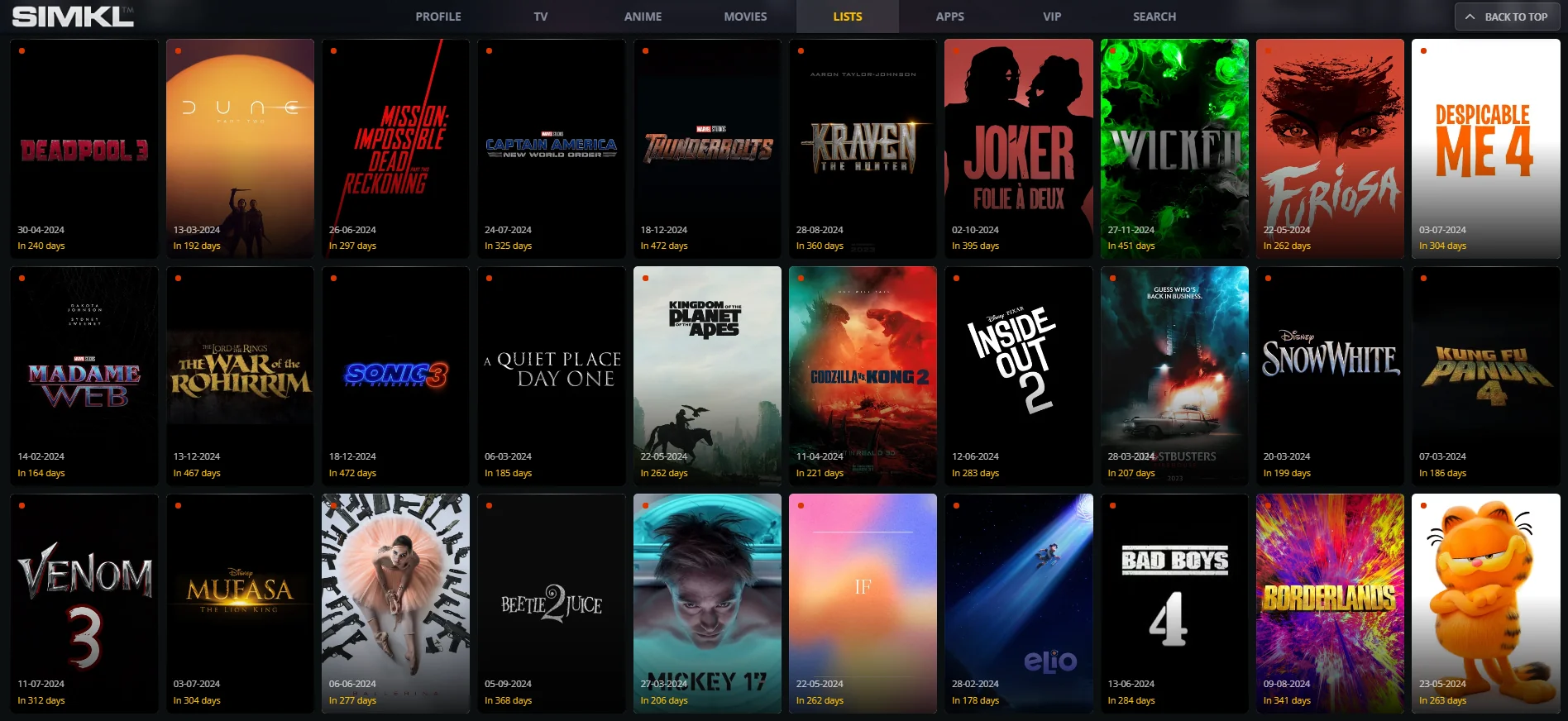What Is Digital Customer Service? A Complete Guide
Discover the essentials of digital customer service with our comprehensive guide. Learn how to enhance customer interactions, leverage digital tools, and deliver exceptional support in the digital age. Explore strategies, best practices, and solutions to transform your customer service approach

In today’s digital age, customer service has evolved far beyond traditional phone calls and in-person interactions. Digital customer service is now at the forefront of business strategies, providing customers with support and assistance through various digital channels. This comprehensive guide will explore what digital customer service is, its importance, the key components, and how businesses can implement an effective digital customer service strategy.
Digital customer service refers to the support and assistance provided to customers through digital platforms. These platforms can include social media, email, live chat, messaging apps, and more. Unlike traditional customer service, which often involves face-to-face interactions or phone calls, digital customer service leverages technology to deliver support where customers are most active—online.
Key Features of Digital Customer Service:
- Accessibility: Customers can reach out for support anytime, anywhere.
- Multichannel Approach: Support is available across various digital platforms.
- Real-Time Assistance: Tools like live chat provide immediate help.
- Personalization: Digital tools allow for a more tailored customer experience.
Why Digital Customer Service Is Crucial for Modern Businesses
In a world where consumers expect instant gratification and seamless experiences, digital customer service plays a crucial role in meeting these demands. Businesses that fail to adapt to digital customer service risk falling behind competitors who offer more convenient and accessible support.
Benefits of Digital Customer Service:
- Enhanced Customer Experience: Providing quick and efficient support increases customer satisfaction.
- Cost-Effectiveness: Digital platforms often reduce the need for large customer service teams, lowering costs.
- Data-Driven Insights: Digital interactions can be tracked and analyzed to improve services.
- Scalability: Digital customer service can easily be scaled to accommodate a growing customer base.
Key Components of Digital Customer Service
Implementing a successful digital customer service strategy involves several key components that work together to deliver a seamless experience for customers.
Live Chat: One of the most popular digital customer service tools, live chat allows customers to interact with support agents in real-time. This tool is particularly useful for addressing immediate concerns or providing assistance during the purchasing process.
Benefits:
- Real-time problem resolution
- Increased customer satisfaction
- Enhanced engagement
Social Media Support: Social media platforms like Facebook, Twitter, and Instagram are not just for marketing; they are also vital channels for customer service. Businesses can respond to customer inquiries, address complaints, and engage with their audience directly on these platforms.
Benefits:
- Broad reach and visibility
- Direct interaction with customers
- Opportunity to build brand loyalty
Email Support: While it may seem traditional, email remains a powerful tool for digital customer service. It’s ideal for handling more complex or sensitive issues that may require detailed explanations or documentation.
Benefits:
- Provides a formal communication channel
- Suitable for detailed responses
- Can be automated for efficiency
Chatbots: Chatbots are AI-powered tools that can handle simple customer inquiries, guide users through processes, and even complete transactions. They are available 24/7, making them a valuable asset for businesses with high customer interaction volumes.
Benefits:
- Available around the clock
- Reduces workload for human agents
- Handles multiple inquiries simultaneously
Self-Service Portals: Many customers prefer to find solutions on their own. Self-service portals provide a library of resources, including FAQs, tutorials, and knowledge bases, allowing customers to troubleshoot issues independently.
Benefits:
- Empowers customers to solve problems
- Reduces the volume of support requests
- Improves overall customer satisfaction
Mobile Apps: As mobile device usage continues to rise, providing customer service through mobile apps has become increasingly important. Mobile apps can offer features like live chat, FAQs, and support tickets, all accessible from a smartphone or tablet.
Benefits:
- Convenient access for customers on the go
- Integrated support features
- Personalized user experience
What's Your Reaction?


















